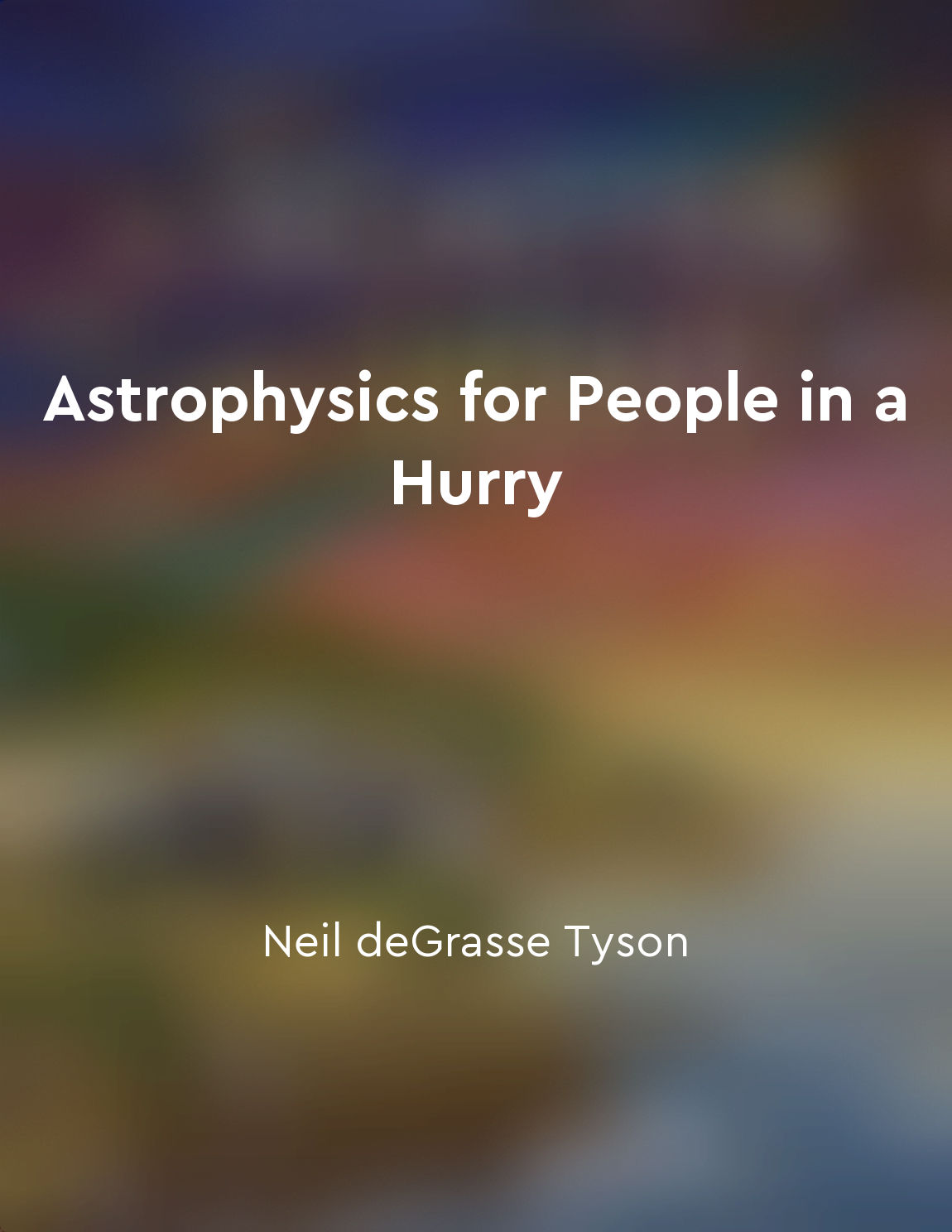Einstein's theories challenged traditional notions of time and space from "summary" of Albert Einstein by Walter Isaacson
Einstein's theories revolutionized the way we think about time and space. He upended traditional beliefs that had been held for centuries, introducing new concepts that were initially difficult for many to grasp. One of the most groundbreaking ideas put forth by Einstein was his theory of relativity, which fundamentally altered our understanding of the relationship between time and space. According to Einstein's theory of relativity, time is not a constant, but rather a flexible and relative concept. This means that time can be experienced differently depending on one's frame of reference. For example, time can appear to move slower for objects in motion compared to those at rest. This was a radical departure from the previously accepted notion of time as an absolute and unchanging entity. Similarly, Einstein's theory of relativity challenged traditional beliefs about space. Instead of viewing space as a fixed and unchanging void, Einstein proposed that space and time were interconnected, forming a four-dimensional continuum known as spacetime. This concept suggested that gravity, for instance, could bend and warp spacetime, affecting the motion of objects within it. Einstein's theories were met with skepticism and resistance from many in the scientific community. The idea that time and space were not as straightforward as previously thought was a difficult pill for some to swallow. However, over time, Einstein's theories gained acceptance and have since been confirmed through numerous experiments and observations.- Einstein's groundbreaking theories forced us to rethink our fundamental understanding of time and space. By challenging traditional notions and introducing new concepts, Einstein paved the way for a new era of physics and a deeper appreciation of the complexities of the universe.
Similar Posts

The cosmic microwave background radiation is a remnant of the Big Bang
The universe is bathed in a faint glow of radiation, known as the cosmic microwave background. This radiation comes from all di...
The possibility of a finite number of universes in a multiverse
The idea that there may be a finite number of universes within a multiverse is a captivating one, challenging our conventional ...
The beauty of mathematics lies in its ability to capture the fundamental truths of the cosmos in elegant equations
Mathematics is often considered the language of the universe, a tool that allows us to unlock the secrets of the cosmos. From t...
The universe is full of wonder and aweinspiring beauty
The cosmos is a place of endless fascination and enchantment, with its vast expanse of stars, galaxies, and nebulae stretching ...

Sound waves are generated by vibrating objects
When an object vibrates, it creates disturbances in the surrounding air, causing the air particles to also vibrate. These vibra...
Problem of Idealism
The Problem of Idealism arises from the difficulty of reconciling the existence of physical objects with the fact that they are...
The interconnectedness of all things
In the world described by modern physics, the most solid-seeming objects are in reality mostly empty space. Unseen forces conne...
The Standard Model of particle physics describes the fundamental particles and forces in the universe
The Standard Model of particle physics is a comprehensive theory that seeks to explain the fundamental building blocks of matte...
The quest to unlock the secrets of the universe continues to inspire scientific discovery
In our pursuit of understanding the cosmos, we are driven by a relentless curiosity that pushes us to explore the unknown depth...
Aristotle emphasized observation and classification
Aristotle, the Greek philosopher, was one of the first to emphasize the importance of observation and classification in the stu...

